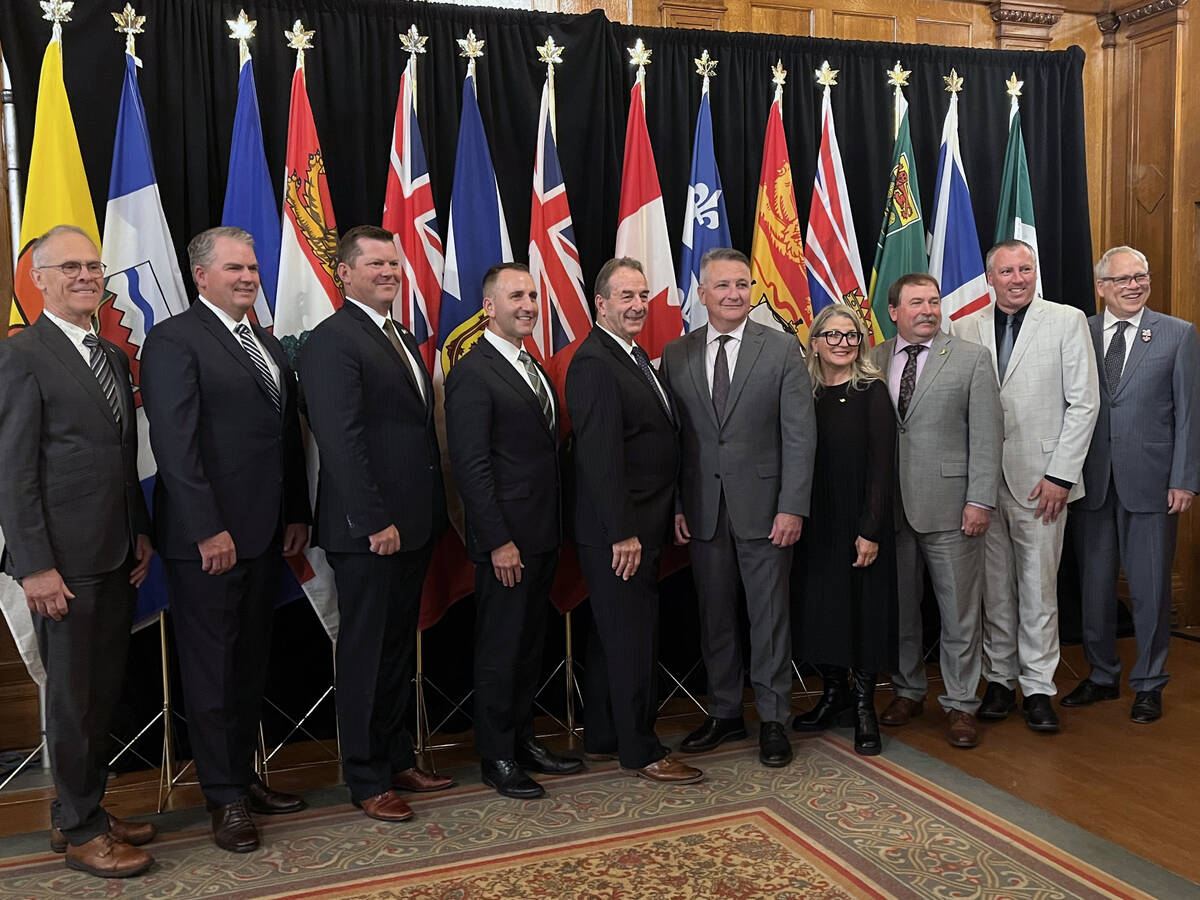OTTAWA — If governments truly want to see prairie agriculture diversify out of traditional crops and into higher-value pursuits, they will have to change policies that discourage it, rural Saskatchewan representatives told MPs last week.
The needs include more spending for education and training, better safety nets, more spending to keep the transportation infrastructure up-to-date and more capital to entice young people back to the land.
“It is time they heard some hard truths,” said Sinclair Harrison of Moosomin, Sask., president of the Saskatchewan Association of Rural Municipalities (SARM). He appeared before the Commons agriculture committee April 28.
Read Also

Agriculture ministers commit to enhancing competitiveness
Canadian ag ministers said they want to ensure farmers, ranchers and processors are competitive through ongoing regulatory reform and business risk management programs that work.
“We study and study and study and now we have to start making some decisions in this country.”
Face reality
For non-prairie MPs accustomed to a more romantic view of the struggle in prairie agriculture or a more government support-oriented message, the SARM session was a lesson in modern-day hard truths.
Farmers are already diversifying, said Harrison, who for the first time this year will grow 50 acres of caraway to sell to the Essential Oil processing plant in nearby Kipling.
And farmers recognize that off-farm supplements to on-farm income, while unfortunate, are a simple fact of life, no matter how much politicians may bemoan the fact, said SARM agriculture and communications manager Patty Smith.
“Therefore, off-farm employment has not only become the norm in Saskatchewan, but it is essential,” she said.
So what should the politicians do?
Among other things, SARM representatives said they should:
- Help make more capital available to prairie farmers, to aid young people getting started in the business and to fund diversification efforts.
“For most diversification initiatives, farmers require capital, which is non-existent in today’s agriculture sector,” said Harrison. “That’s our salvation, diversification.”
- Reverse proposed cuts to the future budget of the national farm business management program.
“Education fuels diversification,” said Smith. “We think it is incredibly important that you keep a focus on the needs of education.”
- Be firm in pressing governments to create a new national safety net program that recognizes Saskatchewan will be out of the current program by the end of the year and that the existing crop insurance program is too expensive for many farmers.
- Concentrate as much on the need to maintain the prairie road network as on the need to maintain the rail branch line system.
Harrison said some of the Crow Benefit subsidy should go to municipalities and provinces for rural road maintenance, since they are used more as rail lines are abandoned, trade moves more north-south and new crops are developed that are better trucked to market.
Later, senior Agriculture Canada officials told the committee that a government-industry committee has been formed to study “transition” or “adaptation” policies available to help farmers adjust to the new economy.
It will report to cabinet this fall with recommendations for change, said assistant deputy minister Frank Claydon.














